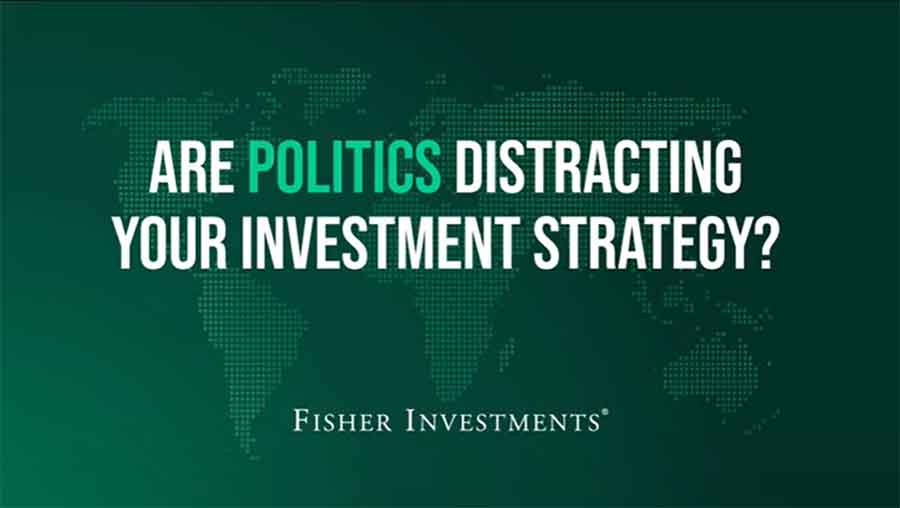Personal Wealth Management /
Is Euphoria Back?
With an uptick in IPOs and retail investors starting to return to the market, is the bull reaching euphoric levels?
14 years ago next week, the Tech bubble went “Poof,” a prelude to the next two plus years’ bear market. As is typical of tops, many ignored initial negativity, thinking it a buying opportunity. Drunk on white hot recent returns, most investors overlooked an inverted yield curve and falling leading economic indexes. If they were aware of these factors—which some professionals were—they most often argued they didn’t matter. Why bother, the story went—cash meant less than clicks. Then, cabbies, caddies and barbers were offering hot stock picks along with a trim. Hot tech IPOs flooded the market. Predictions of lofty targets a decade into the future were not only made, but widely believed. This was “the new economy.” It was different this time—in a wildly bullish sense. Until, that is, facts showed it wasn’t. Today, many seem to look back at big returns in 2013 and a five-year bull market and posit the question: Are markets frothy today? Does a pop loom? But when you recall what euphoria truly looked like and compare it to now, we believe the answer is clear: Euphoria remains far off from today.
It’s been a long time since investors witnessed euphoric equity markets firsthand. The 2002-2007 bull market never reached a euphoric stage—recall, the S&P 500 was only up 5.5% in the peak year—2007 calendar year—and the bull’s total return beginning to end was below historical averages.[i] There was no material uptick in IPOs; no prevalent sense of an economy changed fundamentally for the better. Valuations were never bid up significantly by increasingly confident investors. In our view, this bull ended prematurely—cut short by the influence of FAS 157’s fair value accounting principles and the bizarre government actions that followed.The lack of a euphoric top for such a long period may make some mistake today’s budding optimism for euphoria.
Few presently argue we’re in a new, more bullish-than-ever time. We’ve seen no material uptick in media positivity—longstanding bears aren’t being mocked for their dogged bearishness (though they’re not being lauded for their prescience, either). Headlines recently stirring fears include the Crimea, margin levels, spooky and misleading charts of big crashes and more. There are few, if any, similarities to the prevailing sentiment in 2000. However, some pundits point to two they think they’ve found: an influx of IPOs and retail investors’ returning to the market.
But through February, only 56 companies filed to go public, and 42 actually launched—a pace of around 250 annualized. In 2000’s first two months, 159 companies filed for IPOs, and 77 companies went public. Moreover, investors aren’t bidding them up to the stratosphere, either—tech shares today have only risen an average of 26% in the first trading day versus an average 87% spike in 2000. While a similar percentage of firms coming public are unprofitable in the two periods (74% in 2014, 80% in 2000) there are big business model differences, age of firms and revenue.
Fears of euphoria extend beyond IPOs—take retail investors’ re-entering the market. Many believe retail investors are notoriously bad at market timing, so if they’re getting in now, we must be nearing a peak! Which is true enough to an extent, but there is a scaling problem here. In the 1990s bull market, retail investors were late to begin buying, but they hadn’t just begun buying immediately before the peak. They started years earlier. It’s just that, around the top, flows leapt to record highs. Retail investors just started to return to stocks in 2013 after years of outflows from 2009-2012. And the levels are nowhere near those seen in 2000, or even the degree to which funds left the previous four years. This seems like a sign of budding optimism, not euphoria.
Two words you didn’t hear much in 2000? Bubble and euphoria. They are easy to find today—evidence of lingering skepticism, not euphoria. (Bubble fears, in this way, are somewhat self-deflating!) We’re only starting to see sentiment tiptoe toward optimism—investors could warm to stocks significantly before reaching euphoria. And as they do, stocks should rise with sentiment until you reach an eventual bubble likely few will be discussing.
10 Financial Mistakes to Avoid in Retirement
To investors who want to retire comfortably.Download the guide by Forbes columnist and money manager Ken Fisher’s firm.It’s called "A Pocket Guide to Financial Mistakes You Can't Afford to Make." Even if you have something else in place right now, it still makes sense to request your guide.Click Here to Download!
[i] Source: FactSet, S&P 500 Total Returns for the period 12/31/2006 – 12/31/2007 and 10/09/2002 – 10/09/2007.
If you would like to contact the editors responsible for this article, please message MarketMinder directly.
*The content contained in this article represents only the opinions and viewpoints of the Fisher Investments editorial staff.
Get a weekly roundup of our market insights
Sign up for our weekly e-mail newsletter.

See Our Investment Guides
The world of investing can seem like a giant maze. Fisher Investments has developed several informational and educational guides tackling a variety of investing topics.





